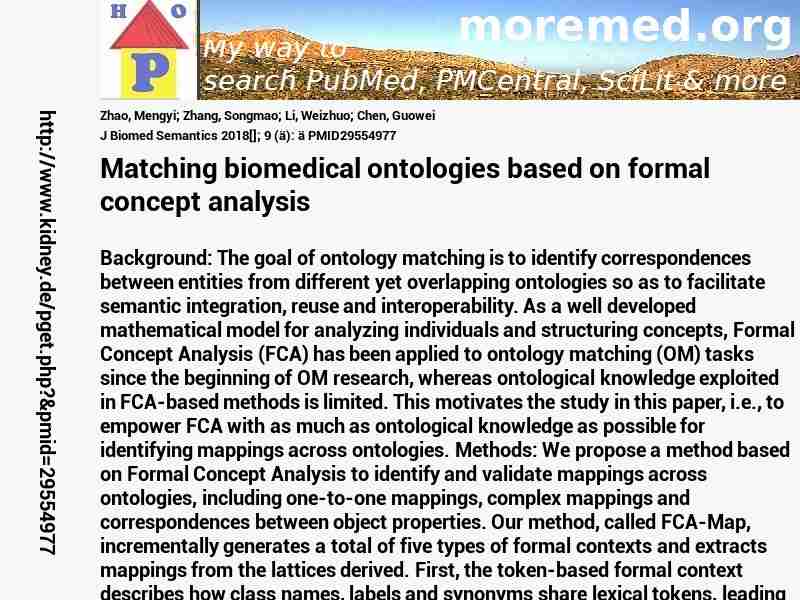
|
10.1186/s13326-018-0178-9
http://scihub22266oqcxt.onion/10.1186/s13326-018-0178-9

C5859804!5859804!29554977
 free free
 free free
 free free
Warning: file_get_contents(https://eutils.ncbi.nlm.nih.gov/entrez/eutils/elink.fcgi?dbfrom=pubmed&id=29554977&cmd=llinks): Failed to open stream: HTTP request failed! HTTP/1.1 429 Too Many Requests
in C:\Inetpub\vhosts\kidney.de\httpdocs\pget.php on line 215
|  
Deprecated: Implicit conversion from float 211.6 to int loses precision in C:\Inetpub\vhosts\kidney.de\httpdocs\pget.php on line 534
Deprecated: Implicit conversion from float 211.6 to int loses precision in C:\Inetpub\vhosts\kidney.de\httpdocs\pget.php on line 534
Warning: imagejpeg(C:\Inetpub\vhosts\kidney.de\httpdocs\phplern\29554977.jpg): Failed to open stream: No such file or directory in C:\Inetpub\vhosts\kidney.de\httpdocs\pget.php on line 117
 J+Biomed+Semantics 2018 ; 9 (�): � J+Biomed+Semantics 2018 ; 9 (�): �
Nephropedia Template TP
gab.com Text
Twit Text FOAVip
Twit Text #
English Wikipedia
|
Matching biomedical ontologies based on formal concept analysis #MMPMID29554977Zhao M; Zhang S; Li W; Chen GJ Biomed Semantics 2018[]; 9 (�): � PMID29554977show ga
Background: The goal of ontology matching is to identify correspondences between entities from different yet overlapping ontologies so as to facilitate semantic integration, reuse and interoperability. As a well developed mathematical model for analyzing individuals and structuring concepts, Formal Concept Analysis (FCA) has been applied to ontology matching (OM) tasks since the beginning of OM research, whereas ontological knowledge exploited in FCA-based methods is limited. This motivates the study in this paper, i.e., to empower FCA with as much as ontological knowledge as possible for identifying mappings across ontologies. Methods: We propose a method based on Formal Concept Analysis to identify and validate mappings across ontologies, including one-to-one mappings, complex mappings and correspondences between object properties. Our method, called FCA-Map, incrementally generates a total of five types of formal contexts and extracts mappings from the lattices derived. First, the token-based formal context describes how class names, labels and synonyms share lexical tokens, leading to lexical mappings (anchors) across ontologies. Second, the relation-based formal context describes how classes are in taxonomic, partonomic and disjoint relationships with the anchors, leading to positive and negative structural evidence for validating the lexical matching. Third, the positive relation-based context can be used to discover structural mappings. Afterwards, the property-based formal context describes how object properties are used in axioms to connect anchor classes across ontologies, leading to property mappings. Last, the restriction-based formal context describes co-occurrence of classes across ontologies in anonymous ancestors of anchors, from which extended structural mappings and complex mappings can be identified. Results: Evaluation on the Anatomy, the Large Biomedical Ontologies, and the Disease and Phenotype track of the 2016 Ontology Alignment Evaluation Initiative campaign demonstrates the effectiveness of FCA-Map and its competitiveness with the top-ranked systems. FCA-Map can achieve a better balance between precision and recall for large-scale domain ontologies through constructing multiple FCA structures, whereas it performs unsatisfactorily for smaller-sized ontologies with less lexical and semantic expressions. Conclusions: Compared with other FCA-based OM systems, the study in this paper is more comprehensive as an attempt to push the envelope of the Formal Concept Analysis formalism in ontology matching tasks. Five types of formal contexts are constructed incrementally, and their derived concept lattices are used to cluster the commonalities among classes at lexical and structural level, respectively. Experiments on large, real-world domain ontologies show promising results and reveal the power of FCA.�
  
DeepDyve
Pubget Overpricing | 
|